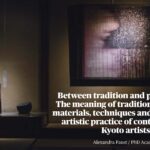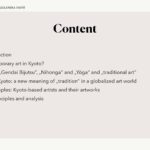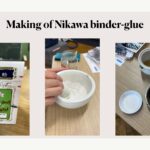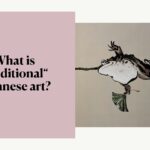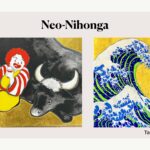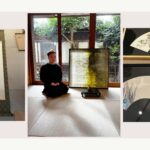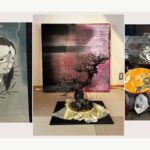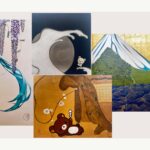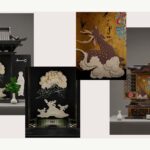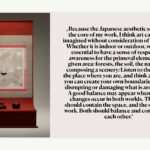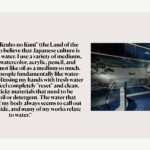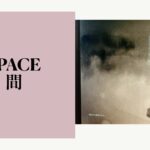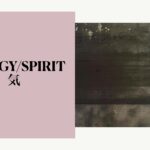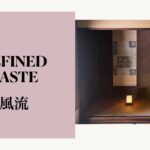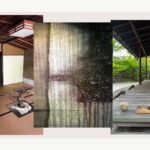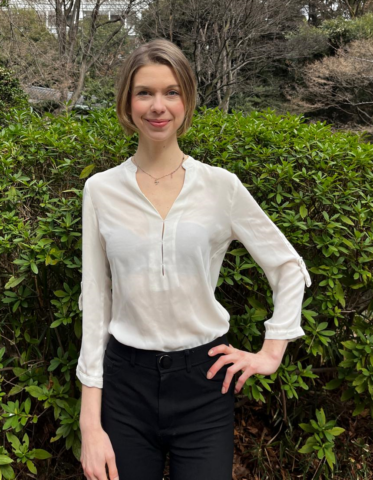
ダウンロード
登録情報
This is a past event. Registration is no longer possible.
DIJ Mailing Lists
Please subscribe below to stay informed about our research activities, events & publications:
Between tradition and pop culture: The meaning of traditional Japanese materials and techniques in the practice of contemporary artists in Kyoto
2024年8月21日
Alexandra Faust, Academy of Fine Arts Vienna / DIJ Tokyo
© Alexandra Faust
Western perspectives on Japanese art and artistic practices are often divided into traditional Japanese art movements, such as Nihonga painting, and contemporary art characterized by Pop-Art-like Manga and Anime characters. This presentation examined the fusion of these two worlds by exploring how contemporary Japanese artists utilize traditional Japanese materials (e.g. Washi-paper, Sumi-ink) and artistic methods commonly associated with Nihonga-art. Focusing on contemporary artists living and working in Kyoto, Alexandra Faust discussed how these artists integrate traditional Japanese materials and techniques into their artistic practice. Empirical data collected over the last five months not only provided insights into the use of these materials and techniques but also revealed their connection to traditional, often forgotten knowledge about limited natural resources and sustainability.
The aim of this study was to challenge the dichotomy between traditional and contemporary Japanese art by examining the holistic development of artistic practices. The presentation also offered a broader perspective on the contemporary Japanese art scene, addressing the themes of materials and sustainability. It drew on theories from Anthropology of Art, Cultural Studies, Modern Japanese Art History, and Contemporary Japanese Art.
The online talk was attended by more than 40 people from around the globe. The Q&A session after the presentation focused on the connection between materiality and the artists’ work. It was also discussed in how far ‘tradition’ is an appropriate term, for example in the context of kimono ‘art’. Questions also concerned the meaning of the ‘superflat’ culture for contemporary art and to what extent the research presented and the artists studied were influenced by the ‘superflat’ style.
Alexandra Faust is a PhD candidate at the Academy of Fine Arts Vienna (Austria). Being interested in Japanese culture since her first long-term stay in Japan, Alexandra has graduated in Japanese studies, cultural studies, and cultural and social anthropology from Humboldt University of Berlin, Kyoto University, and the University of Vienna. Her areas of interest include anthropology of art, cultural studies, modern Japanese art history and contemporary Japanese art. Since February 2024 she has been a PhD student at the DIJ Tokyo.
